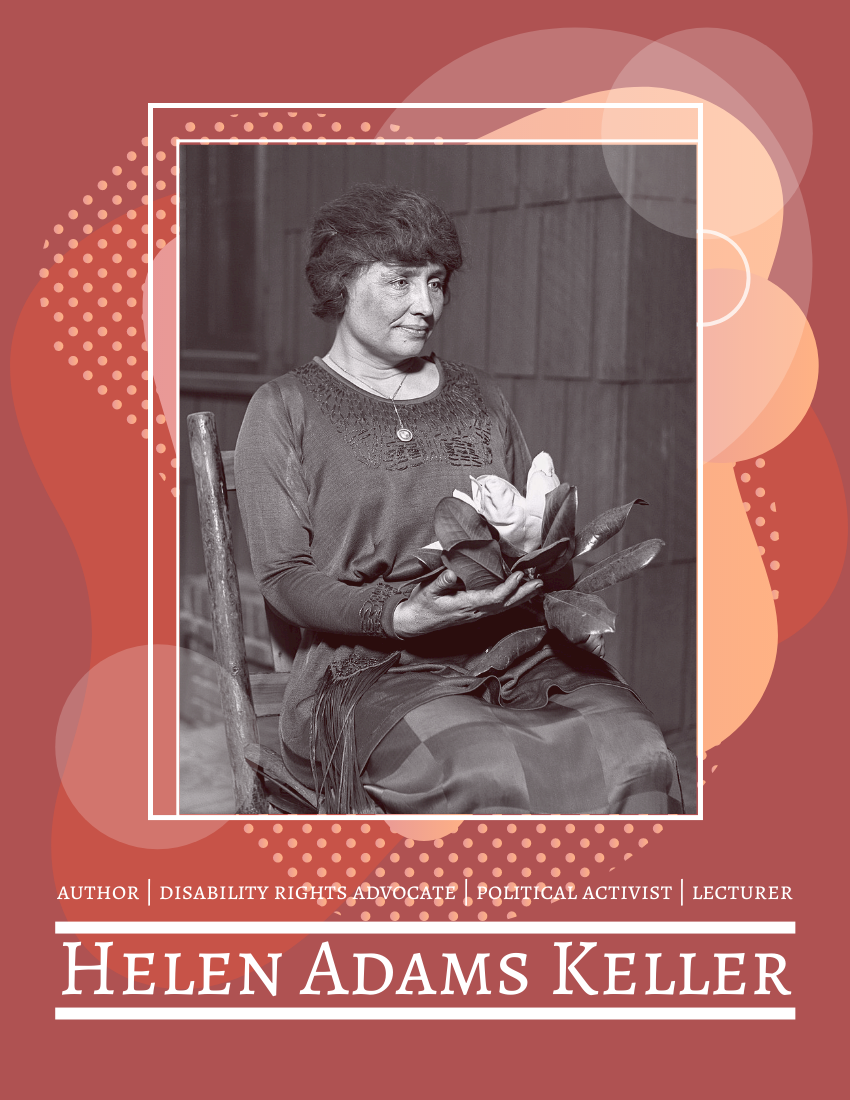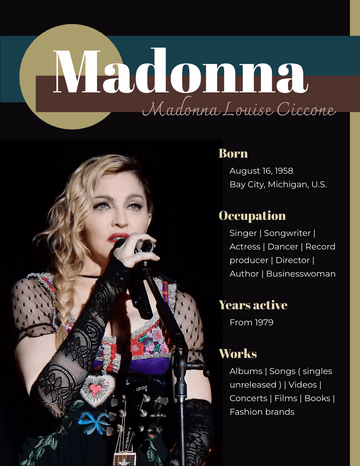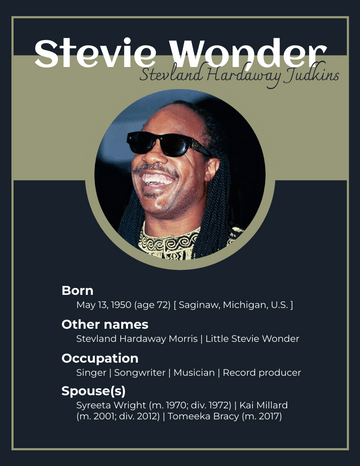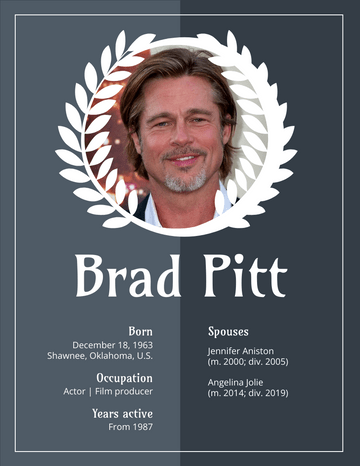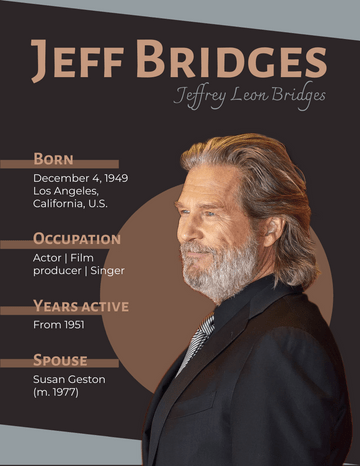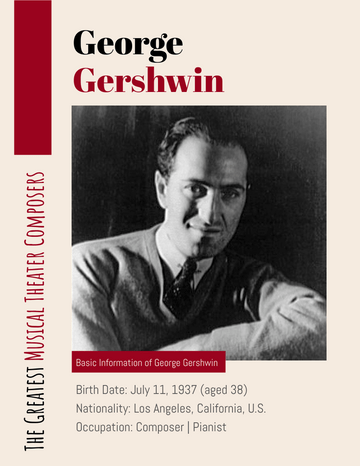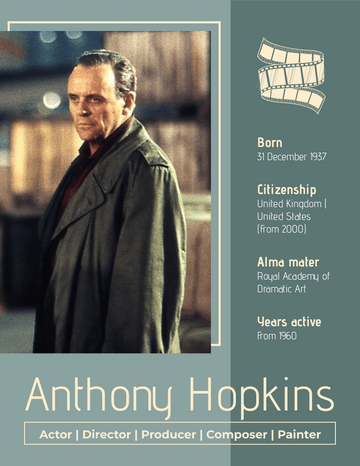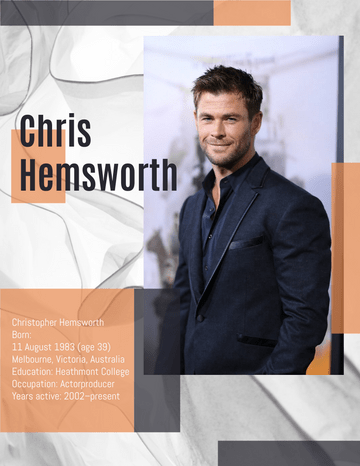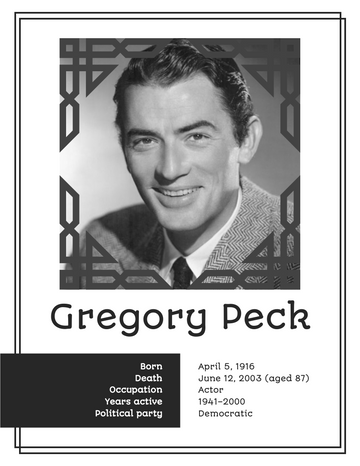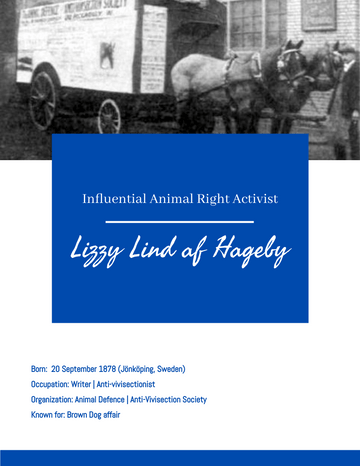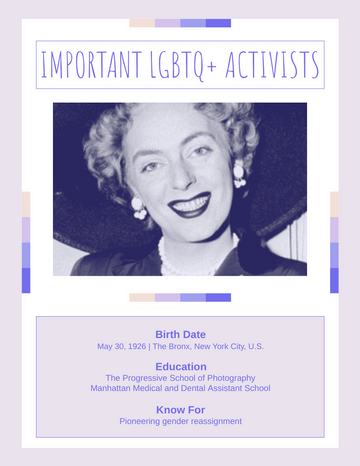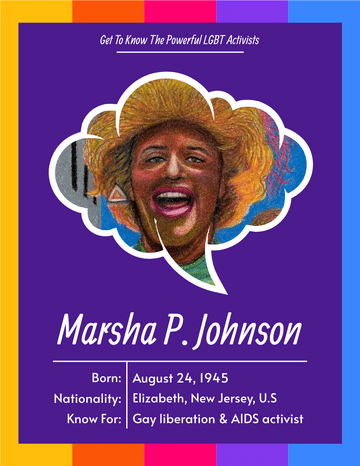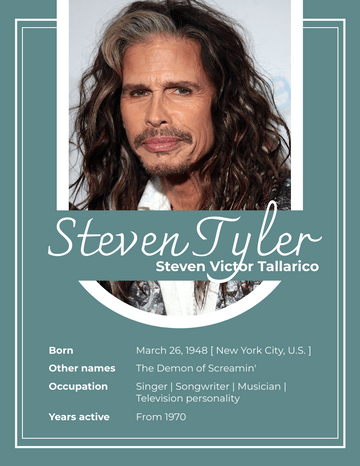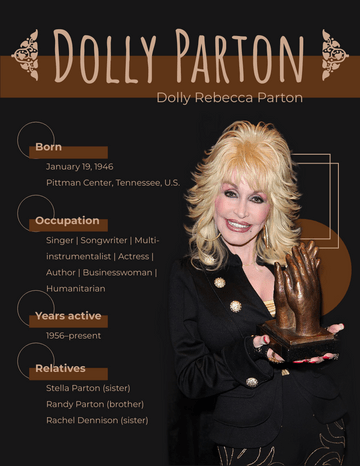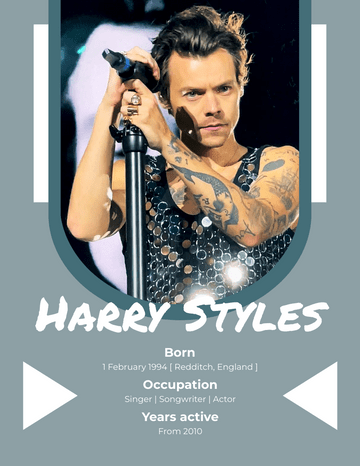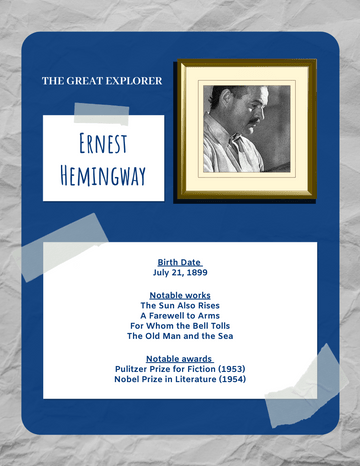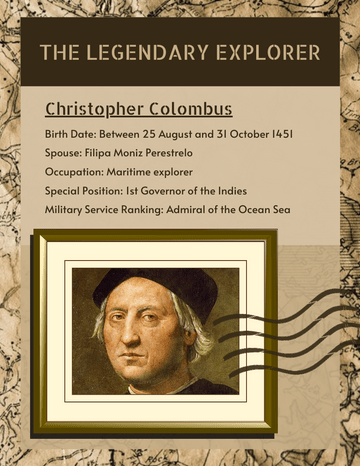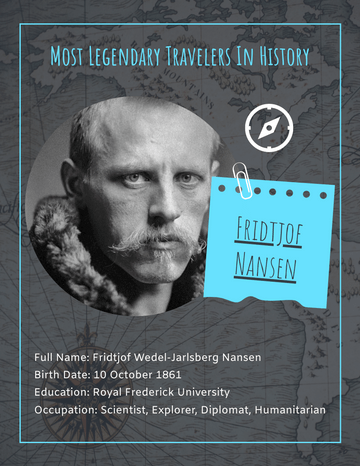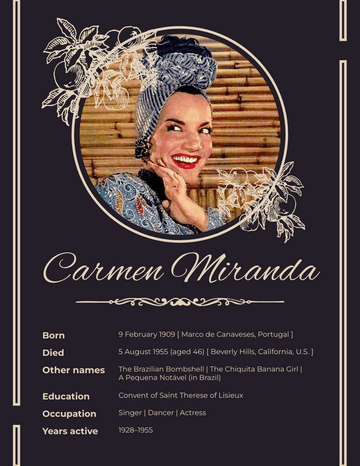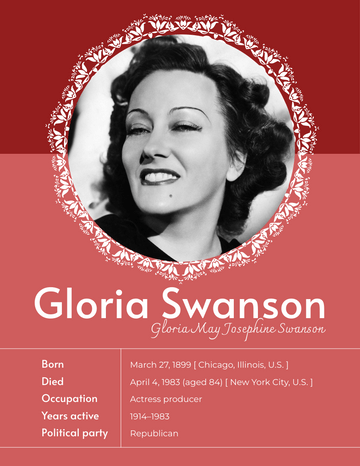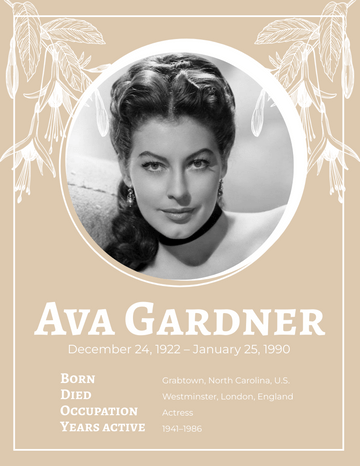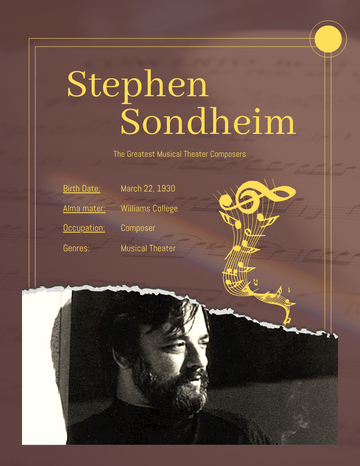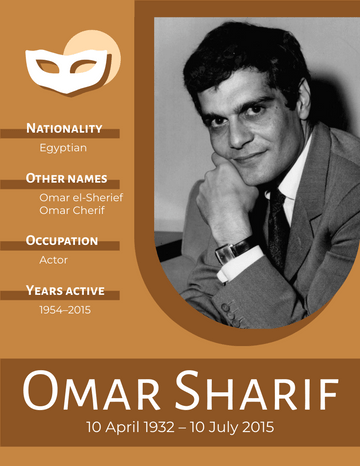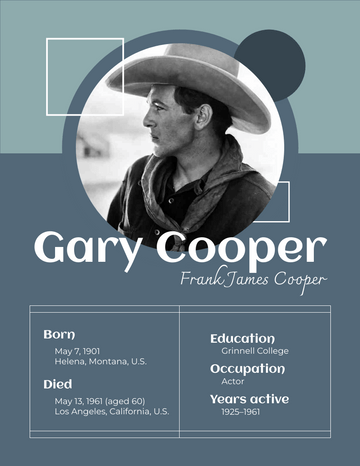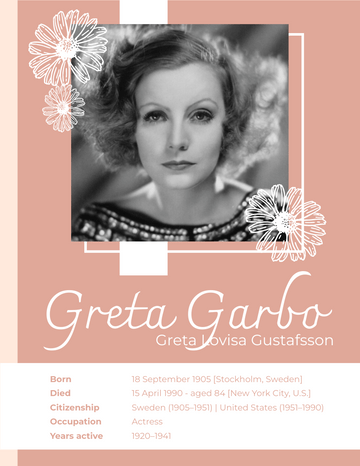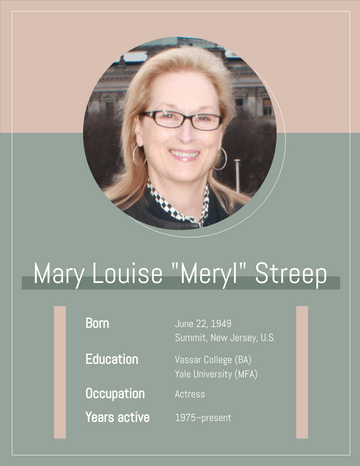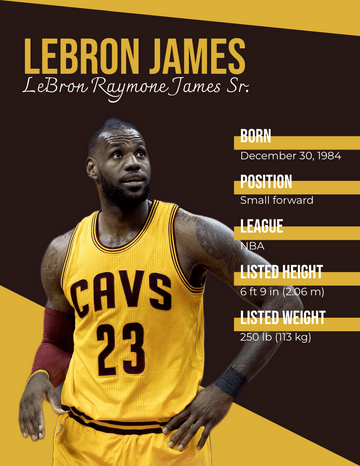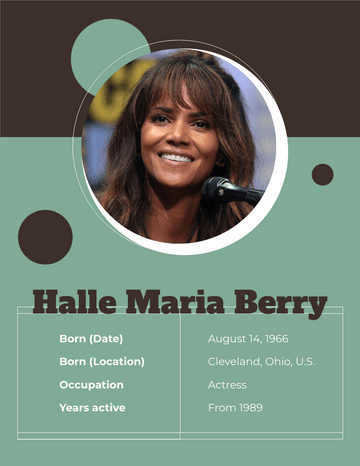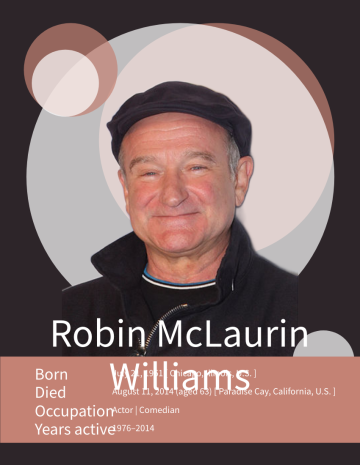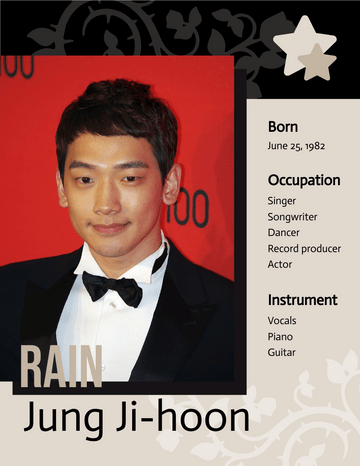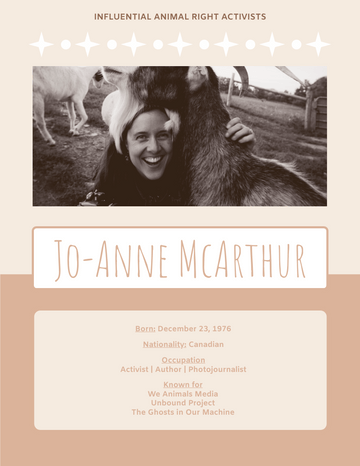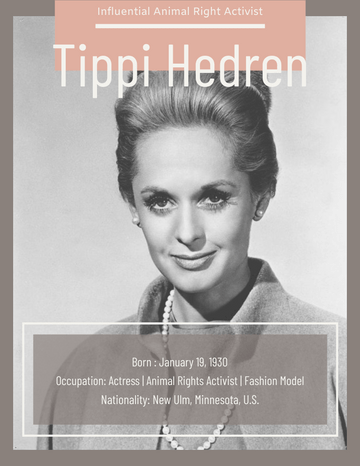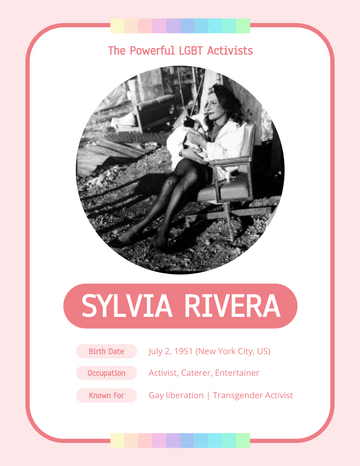Helen Adams Keller
June 27, 1880 - June 1, 1968
She was an American author, disability rights advocate, political activist and lecturer. Born in West Tuscumbia, Alabama, she lost her sight and her hearing after a bout of illness at the age of 19 months.
She then communicated primarily using home signs until the age of seven, when she met her first teacher and life-long companion Anne Sullivan. Sullivan taught Keller language, including reading and writing. After an education at both specialist and mainstream schools, Keller attended Radcliffe College of Harvard University and became the first deafblind person to earn a Bachelor of Arts degree.
Click here to read the flipbook.
When she was small...
At 19 months old, Keller contracted an unknown illness described by doctors as "an acute congestion of the stomach and the brain". Contemporary doctors believe it might have been meningitis, caused by the bacterium Neisseria meningitidis (meningococcus), or possibly Haemophilus influenzae. (This could have caused the same symptoms, but which is a less likely cause due to its 97% juvenile mortality rate at that time.) The illness left Keller both deaf and blind. She lived, as she recalled in her autobiography, "at sea in a dense fog".
In 1886, Keller's mother, inspired by an account in Charles Dickens' American Notes of the successful education of Laura Bridgman, a deaf and blind woman, dispatched the young Keller and her father to consult physician J. Julian Chisolm, an eye, ear, nose, and throat specialist in Baltimore, for advice. Chisholm referred the Kellers to Alexander Graham Bell, who was working with deaf children at the time. Bell advised them to contact the Perkins Institute for the Blind, the school where Bridgman had been educated. It was then located in South Boston. Michael Anagnos, the school's director, asked a Anne Sullivan, a 20-year-old alumna of the school who was visually impaired, to become Keller's instructor. It was the beginning of a nearly 50-year-long relationship: Sullivan developed as Keller's governess and later her companion.
Receiving Formal Education
In May 1888, Keller started attending the Perkins Institute for the Blind.
In 1894, Keller and Sullivan moved to New York to attend the Wright-Humason School for the Deaf, and to learn from Sarah Fuller at the Horace Mann School for the Deaf.
In 1896, they returned to Massachusetts, and Keller entered The Cambridge School for Young Ladies before gaining admittance,
In 1900, she went to Radcliffe College of Harvard University, where she lived in Briggs Hall, South House. Her admirer, Mark Twain, had introduced her to Standard Oil magnate Henry Huttleston Rogers, who, with his wife Abbie, paid for her education.
In 1904, at the age of 24, Keller graduated as a member of Phi Beta Kappa from Radcliffe, becoming the first deaf-blind person to earn a Bachelor of Arts degree. She maintained a correspondence with the Austrian philosopher and pedagogue Wilhelm Jerusalem, who was one of the first to discover her literary talent.
Companions
Anne Sullivan stayed as a companion to Helen Keller long after she taught her. Sullivan married John Macy in 1905, and her health started failing around 1914. Polly Thomson was hired to keep house. She was a young woman from Scotland who had no experience with deaf or blind people. She progressed to working as a secretary as well, and eventually became a constant companion to Keller.
Anne Sullivan died in 1936, with Keller holding her hand, after falling into a coma as a result of coronary thrombosis. Keller and Thomson moved to Connecticut. They traveled worldwide and raised funds for the blind. Thomson had a stroke in 1957 from which she never fully recovered, and died in 1960. Winnie Corbally, a nurse originally hired to care for Thomson in 1957, stayed on after Thomson's death and was Keller's companion for the rest of her life.
